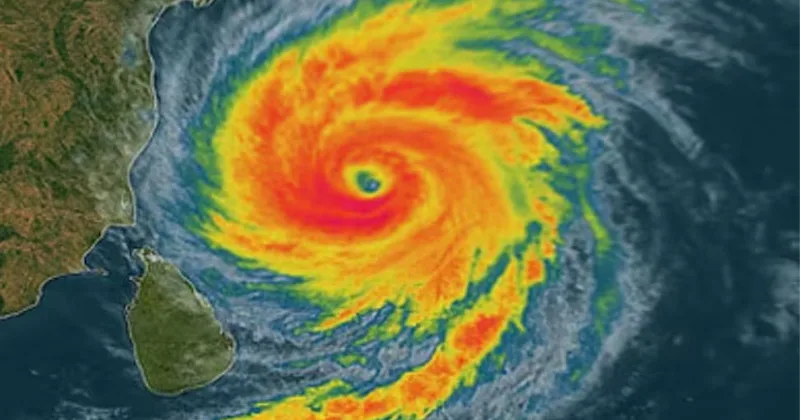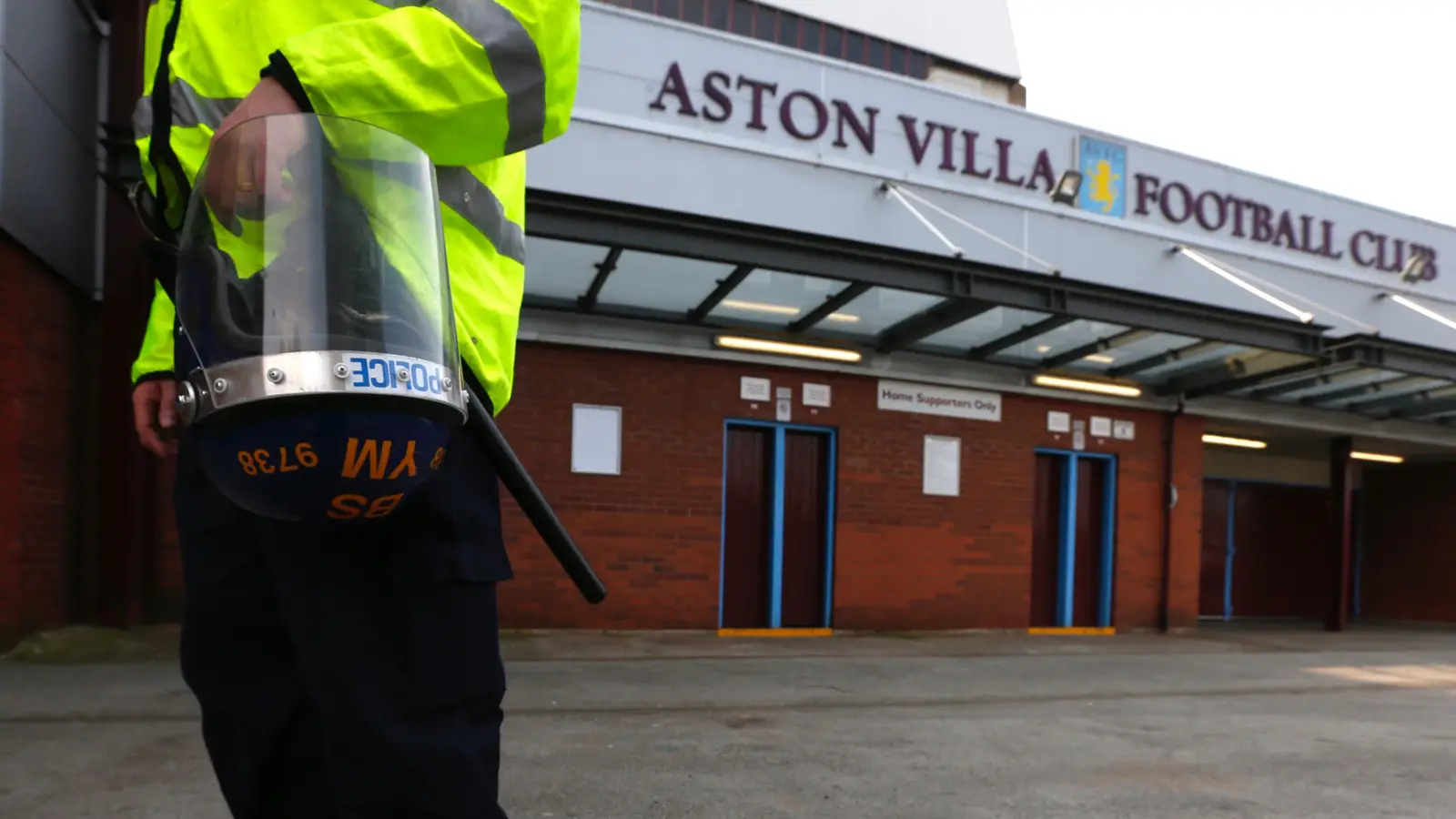Copyright Salt Lake Tribune

From California to New Jersey, many — but not all — leaders of Latter-day Saint congregations are preparing for an anticipated influx of requests for church welfare assistance after word came that SNAP benefits would cease in November. SNAP — short for the federal Supplemental Nutrition Assistance Program and sometimes known as food stamps — helps tens of millions of low-income Americans, including nearly 170,000 Utahns, put meals on the table. “With the ongoing government shutdown and the recent announcement that SNAP benefits will go unfunded starting Nov. 1,” a Palo Alto bishop wrote in an Oct. 28 email to his congregants, “please let me know if you or someone in the ward that you know is impacted so that the ward can support them during this difficulty.” Similar messages have gone out over the pulpit and in meetings of The Church of Jesus Christ of Latter-day Saints across the country. Often they’ve been paired with invitations for those who are able to increase cash donations in the form of fast offerings (used to help cover basics like rent and utilities), food donations to food banks and time volunteering at bishops’ storehouses (church-operated grocery stores where those who have been approved can obtain food for free). Not all ward, or congregation, leaders have been equally proactive, however. The Utah-based faith gives lay bishops guidelines on when and how to distribute aid but ultimately leaves it up to them to make their own decisions on a case-by-case basis. The result is a patchwork of responses, including many nonresponses, to an impending nationwide crisis of hunger ahead of the holidays. There is a chance the courts will force President Donald Trump’s administration to tap into emergency reserves to partially fund the food assistance program on which roughly 1 in 5 children rely. SNAP is not, however, the only anti-hunger program under threat. Depending on the length of the government shutdown, the special nutrition program for women, infants and children, known as WIC, and Head Start, which helps cover child care and other costs for 65,000 children nationwide, could lose funding as well. Nonmilitary federal workers, meanwhile, have been working without pay since Oct. 1. Official guidance for bishops distributing aid In the handbook given to Latter-day Saint bishops, general guidelines encourage leaders to assist in a way that promotes “self-reliance.” “Church assistance,” it reads, “is meant to sustain life — not to maintain lifestyle.” The document lists the places where individuals in need should go for help as first the family, next the government and, finally, the church. A 2021 ProPublica investigation found that many seeking government assistance in Utah were simply referred to the state’s predominant faith. In some cases, according to the same report, those individuals were told by Latter-day Saint leaders that they must be baptized in order to access church aid. This requirement does not appear in the faith’s handbook, which encourages bishops to refer nonmembers, except “on rare occasions, as guided by the Spirit,” to community resources. Overworked and understocked food banks are likely to be stretched in coming weeks. The church frequently donates generously to food banks across the country and beyond, including sending out fleets of semitrucks filled with tons of groceries and other goods during the COVID-19 pandemic. A spokesperson for the faith did not respond to a question as to whether it plans to ramp up these shipments of food and other basics. The church also has not said whether it is giving bishops any special instructions on food assistance to help fill the SNAP gap. As for church members, the handbook explicitly states that bishops can offer support regardless of whether recipients are actively attending meetings or follow church standards, but discourages giving cash whenever possible. “Bishops,” the handbook explains, “should exercise good judgment and seek spiritual direction when considering the amount and duration of the assistance given.” Coming up with a plan in hard-hit Philadelphia A Latter-day Saint congregation in Philadelphia has “a lot of members” who will be affected by the SNAP suspension, said a bishop there. He did not want his name used because he was not authorized to speak. So the leaders of the women’s Relief Society and all-male priesthood organizations, he said, met with him and crafted a plan. They assured members in a weekly email and over the pulpit that the church would provide “two weeks of food orders,” he said, “for anyone anticipating not being able to get food because of the suspension.” The ward then “rented a cargo van this weekend to go to the bishops’ storehouse in [New] Jersey,” he said, “to bring back food to fill those orders.” Although the church typically doesn’t provide for those who aren’t members, he said, it is “up to the bishops’ discretion.” So a phenomenon frequently referred to as “bishop roulette” can come into play, with some lay leaders responding in one way and others taking an opposite approach. In his case, this bishop said he has authorized food across the board and “has seen it really reach people inside and outside.” ‘Not a peep’ “Not a word.” “Not a peep.” “I have heard nothing.” These were the reports from geographically far-flung church members from inside and outside Utah when asked what they’d heard from their leaders. Some Latter-day Saints said they have raised the subject with leadership, with a few coming away from those interactions with the sense that their bishops and stake presidents, lay regional leaders, didn’t seem to be aware of the funding cliff. Nancy Phillippi, a member living in Morristown, New Jersey, said she sent an email informing her leaders of the coming crisis. She said their response, to date, has been a simple “Thank you.” Others have reported a more promising response. “I’m the Relief Society president in my ward and asked my bishop to be proactive about reaching out to people who use SNAP,” said North Carolina resident Margaret Olsen Hemming, co-editor of Dialogue: A Journal of Mormon Thought. “He’s sending an email to the ward letting everyone know that if they need help to come talk to him or me.” For some, this has been a signal to take matters into their own hands. Amy Jorgensen, a member living in Gilbert, Arizona, said she and her daughter are working with a charity that is collecting food and financial donations for a nearby food bank. “My daughter is disabled,” Jorgensen said, “and I depended on SNAP when I chose to have children immediately after marrying and was still in school, so we both know how essential the social safety net is.” Another Gilbert member, Karen Udall, shared on her social media that she would match (up to a certain amount) any donations she received and send all the funds to Arizona food banks. Three days later, she’d received hundreds of dollars, a good chunk from fellow Latter-day Saints. “It was a great reminder for me to step out of the weight of the negative news and my concern for millions of residents in the U.S. who are facing food insecurity,” Udall said, “and do something small locally.” Where church support falls short Even if every bishop and Relief Society president, a woman assigned in each congregation to help the bishop identify needs and distribute aid, were to green-light every food order request, it still wouldn’t be enough to compensate for the loss of SNAP, said one beneficiary. The North Carolina church member and mother of five, who asked that her name not be used out of fear of stigma for welfare recipients, described the food provided by the church as a “fantastic blessing” but “very basic.” This is a particular problem, she pointed out, for those with common food allergies, such as to gluten or dairy, or for anyone who doesn’t have the time or capacity to cook from scratch, be it someone with a disability or multiple jobs and kids to care for. Another hurdle: orders are for two weeks at a time. Produce expires. Items run out. Not to mention, she said, that not everyone has storage space for two weeks’ worth of groceries. “So they have to only order,” she said, “what they can store.” Others have to travel long distances to storehouses, which may be open only one day a week. Fellow members frequently step in and transport these individuals so they can obtain the needed staples. Kristine Haglund, a member living in St. Louis, said hurdles like these mean that, “even on a good week,” the ward struggles to meet everyone’s needs. “These next weeks or months,” Haglund said, “will severely test our ward’s capacity.” — Tribune reporter Megan Banta contributed to this story.



